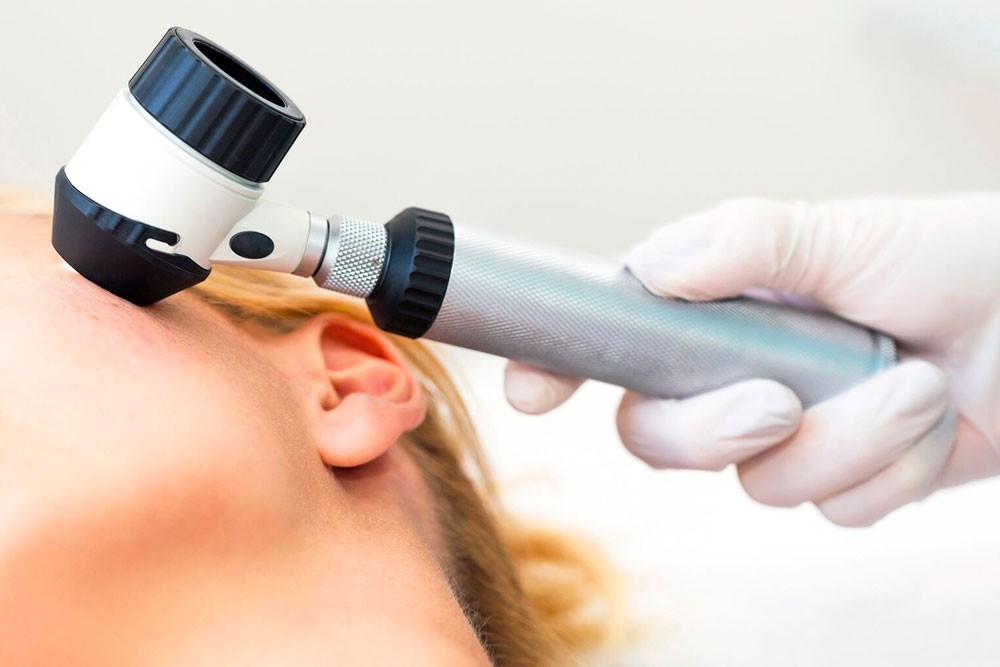
Mohs Surgery
Mohs micrographic surgery is considered the most effective technique for treating many basal cell carcinomas (BCCs) and squamous cell carcinomas (SCCs), the two most common types of skin cancer. The procedure is done in stages, including lab work, while the patient waits. This allows the removal of all cancerous cells for the highest cure rate while sparing healthy tissue and leaving the smallest possible scar.
It began as a technique called chemosurgery, developed by Frederic E. Mohs, MD, in the late 1930s, but was not widely known. In the mid 1960s, Perry Robins, MD, became the first dermatologist to study the technique with Dr. Mohs, and he helped advance the procedure into what is now called Mohs micrographic surgery.
Mohs surgery is performed by doctors who are specially trained to fulfill three roles:
- as the surgeon who removes the cancerous tissue
- as the pathologist who analyzes the lab specimens
- as the surgeon who closes/reconstructs the wound
Advantages of Mohs Surgery:
- Efficient, cost-effective treatment
- Single-visit outpatient surgery
- Local anesthesia
- Lab work done on-site
- Physician examines 100% of tumor margins
- Spares healthy tissue
- Leaves the smallest scar possible
The highest cure rate:
- Up to 99% for a skin cancer not treated before
- Up to 94% for a skin cancer that has recurred after previous treatment
Mohs surgery is the gold standard for treating many BCCs and SCCs, including those in cosmetically and functionally important areas around the eyes, nose, lips, ears, scalp, fingers, toes, or genitals. Mohs is also recommended for BCCs or SCCs that are large, aggressive, growing rapidly, have indistinct edges, or have recurred after previous treatment. Some surgeons are also successfully using Mohs surgery on certain cases of melanoma.

Related Articles

Dermatology
What Is Melanoma?
Melanoma is a dangerous type of skin cancer with the ability to rapidly spread to other organs if...

Family Medicine
Acne: More Common Than You Think
Acne is the most common skin disorder in the United States, affecting 40 to 50 million people of all...

Pediatric Medicine
Rashes on Amoxicillin: When is it a True Allergy?
Rash while taking Amoxicillin or Augmentin is common; 5-10% of children taking Amoxicillin or...

Pediatric Medicine
Hives
What do hives look like? Hives are raised, red areas that are very itchy. They may sometimes have a...
